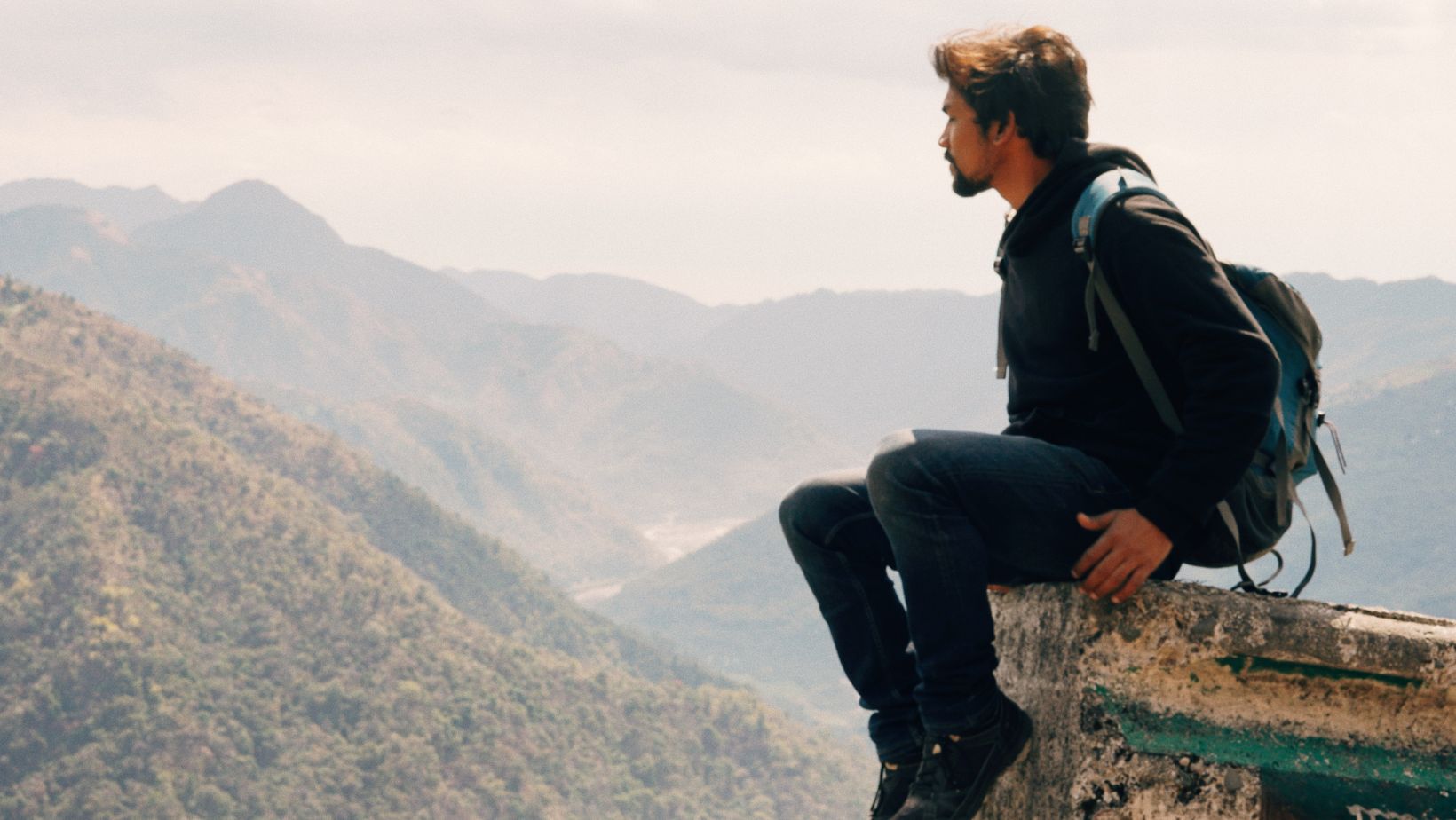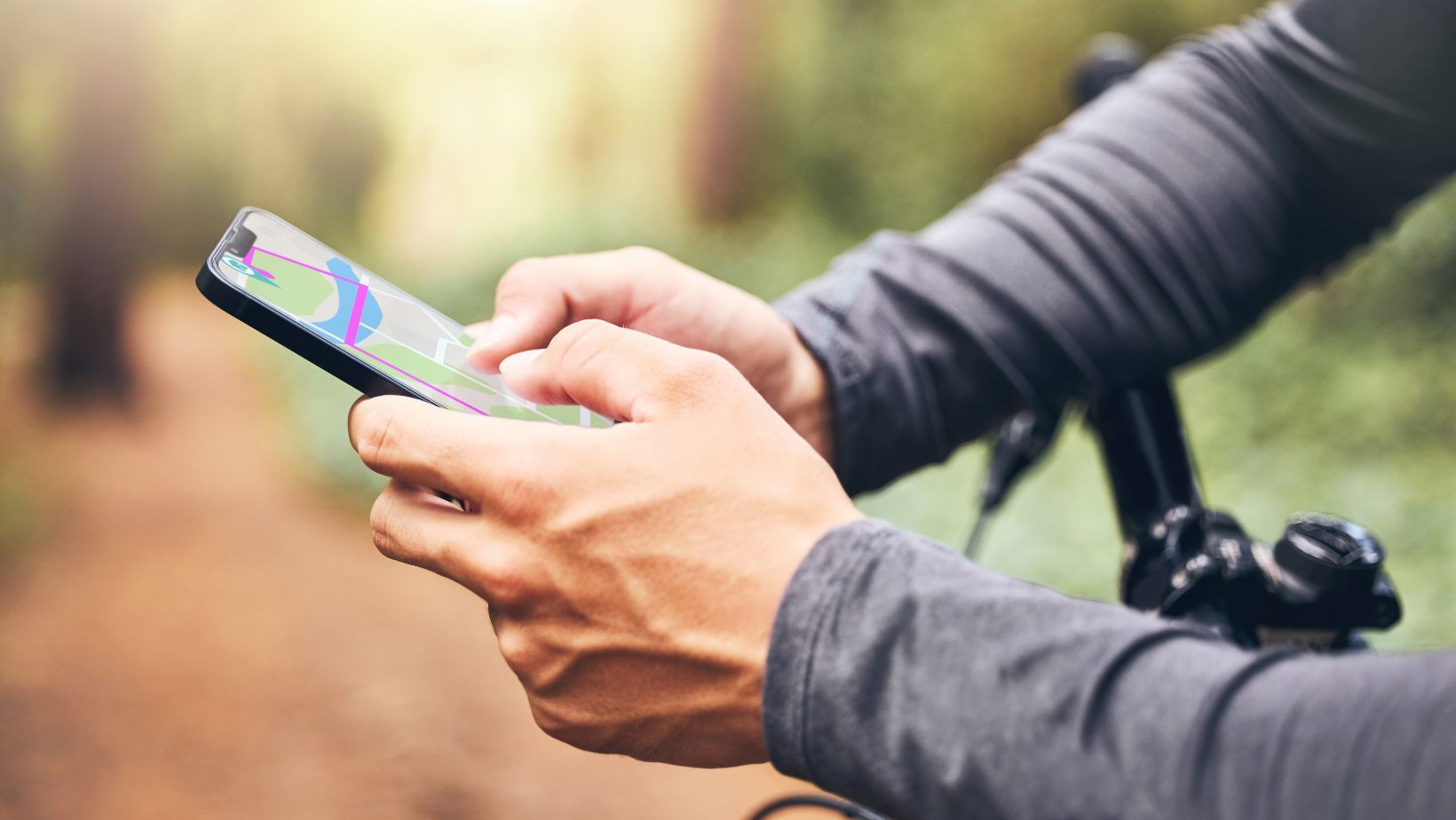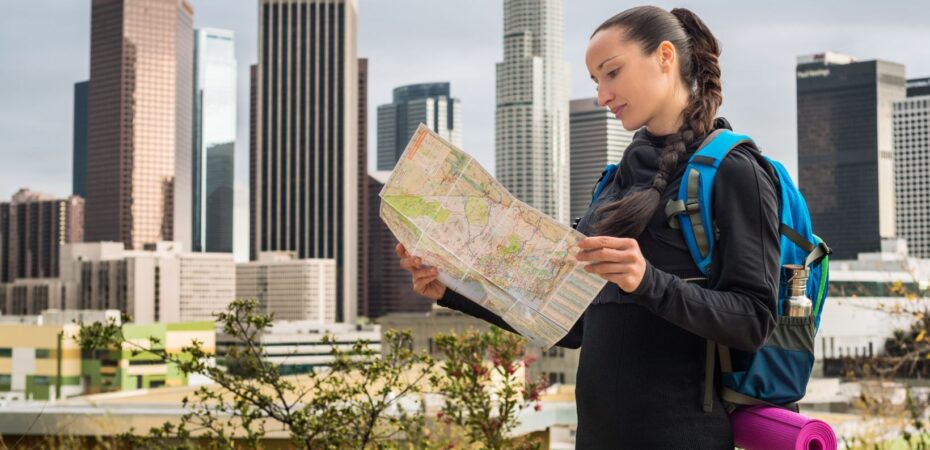Spending time in remote locations offers a unique opportunity to connect with nature, escape the hustle and bustle of urban life, and enjoy tranquility. However, ensuring safety and comfort in these areas requires careful planning and preparation.
Reliable Power Generation
One of the biggest challenges in remote locations is ensuring a reliable power source. Without access to the grid, alternative power solutions are necessary.
While you might not have a whole home generator, you can use a portable solar power generator to power essential devices and appliances and keep your equipment powered even in the most isolated areas.
Adequate Shelter and Bedding
Having a reliable and comfortable shelter is crucial when staying in remote areas. Choose a high-quality tent that is weather-resistant and suitable for the climate of your destination. If you’re staying in a cabin or a more permanent structure, ensure it is well-insulated and secure.
Additionally, invest in good-quality sleeping bags, mats, and pillows to ensure a good night’s sleep and protection from the elements.
Sufficient Food and Water Supplies
Access to safe drinking water and nutritious food is essential for survival in remote locations. Always carry enough water or a portable water filtration system to ensure you have a reliable supply.

Pack non-perishable food items such as canned goods, dried fruits, nuts, and energy bars. If possible, bring a portable stove or camping grill for cooking, and ensure you have the necessary fuel.
Emergency Communication Tools
Staying connected in remote locations can be challenging, but it is vital for safety. Carry a satellite phone or a two-way radio to maintain communication with the outside world. These tools are essential in case of emergencies when cell service is unavailable.
Additionally, consider bringing a personal locator beacon (PLB) to signal for help if you find yourself in a life-threatening situation.
Comprehensive First Aid Kit
A well-stocked first aid kit is a must-have for any remote location trip. Your kit should include bandages, antiseptics, pain relievers, tweezers, medical tape, and any personal medications.
Familiarize yourself with basic first aid procedures and consider taking a first aid course to be better prepared for emergencies.
Protective Clothing and Gear
Wearing the right clothing and gear can significantly enhance your comfort and safety. Dress in layers to adapt to changing weather conditions and choose moisture-wicking fabrics to stay dry.

Pack waterproof jackets, sturdy hiking boots, hats, and gloves to protect yourself from the elements. Additionally, consider bringing a multi-tool, flashlight, and extra batteries for various tasks and emergencies.
Preparing for the Unexpected
While preparation can significantly enhance safety and comfort, being adaptable and ready for unexpected challenges is equally important.
Continuously assess your environment and be prepared to adjust your plans as necessary. Stay informed about weather conditions and potential risks in the area. Keeping a positive attitude and being resourceful can help you handle any situation that arises.
Embrace the Adventure
Ensuring safety and comfort in remote locations requires careful planning, the right equipment, and a proactive approach to managing potential risks. By following these tips, you can enjoy the serenity and beauty of remote locations with confidence.


 By
By 





